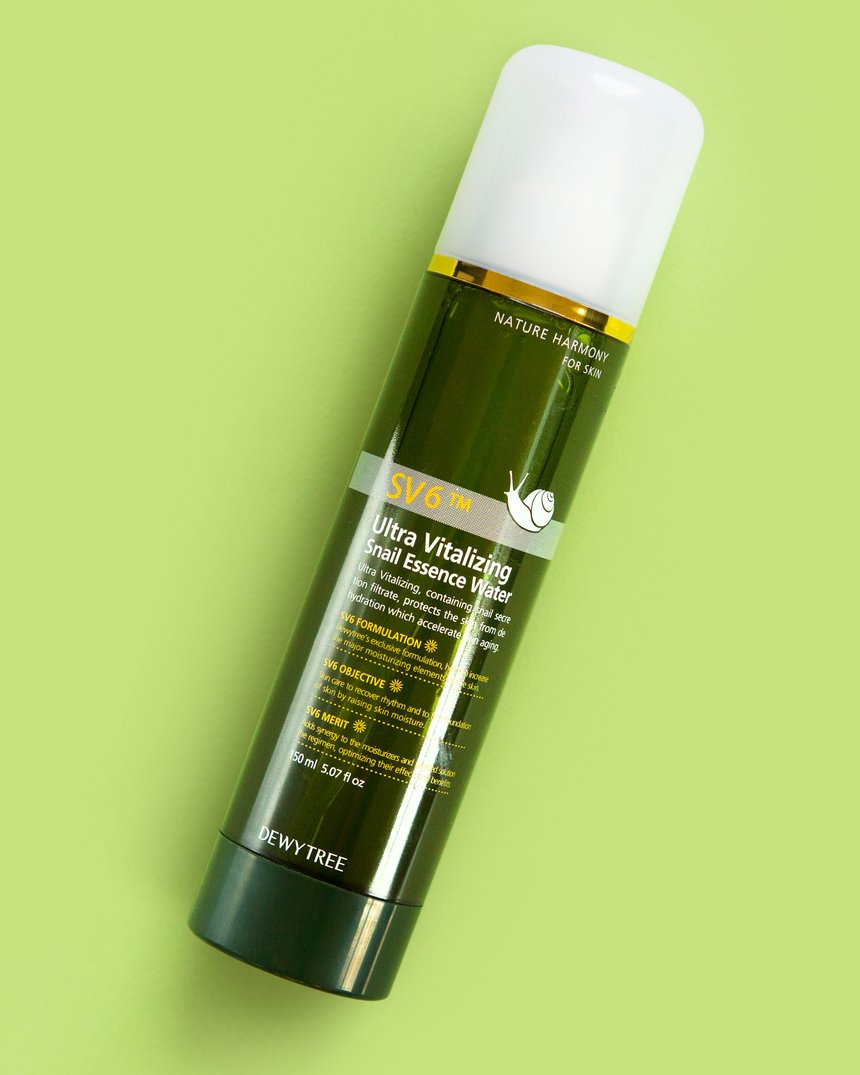It’s almost summer, and you know what that means… Summer means sun, and sun means parched skin, dark spots, and sunburns. We all know applying and reapplying sunscreen is a crucial part of any skin care routine, but what about post-sun care? It’s just as important, and aloe vera is our best friend when it comes to sun-exposed skin. Read on to learn more about aloe vera and our product recommendations for after-sun care.
Raise your hand if you ever, despite your very best efforts, got a sunburn during the summer while out for a walk or on a beach. I see you over there, and if I’m being honest, I have to admit that I’m guilty, as well. As someone with very fair skin who lives in the southwestern part of the United States where the sun is particularly harsh, I’m hyper-diligent about liberally applying sunscreen once per hour whenever I go outside. I often wear oversized sunglasses and floppy hats to further protect my skin, and I’m not afraid to keep my cover up on as long as I can just for added protection while at the beach or pool, or even on a short walk or bike ride outside.
With that said, sometimes you miss a spot, and sometimes you have a momentary lapse in judgement and forget to reapply. In these painful, red and splotchy times, your tried and true friend aloe vera is here to help.
A Quick Rundown of Aloe
The aloe plant is a succulent with broad, thick “leaves” that are loaded with a green, watery-meets-gelatinous goop – AKA aloe vera. I’m lucky enough to see the plants growing in the wild where I live, and I always make sure to keep an aloe plant on hand in case of burns. Fun fact: you can actually break off a part of the leaf, squeeze out the green juice, and apply it straight onto your skin to instantly soothe.
Fortunately, for those who don’t have access to the actual plant, there are plenty of aloe vera products that you can buy, as well. Some of these even have the benefit of added ingredients that further soothe, heal and nourish your tender skin.
P.S. While you may think of aloe vera as an ingredient that primarily treats burns, it has also been found to treat skin ailments such as psoriasis. Consider it a might soothing agent that works any time and for many skin types.
Aloe Product Suggestions
Looking for some aloe vera products to add to your beauty cupboards? Let’s start with one of my favorites, SNP’s Cactus 90% Soothing Gel. It comes packaged in an aloe leaf-shaped container, smells powdery and clean, and somehow always seems chilled even when I don’t store it in the refrigerator.
Soko Glam also carries some really top-of-the-line aloe vera products. For example, Benton makes an amazing Aloe Propolis Soothing Gel. This gel moisturizer will save and regenerate your sun-damaged skin with its aloe leaf juice and propolis extract that help to fade acne scars, maintain hydration, and soothe red and irritated skin.
If you are looking for a soothing, aloe vera-infused essence or serum, Dewytree’s Ultra Vitalizing Snail Essence Water is my go-to. This lightweight essence is infused with aloe leaf extract, snail secretion filtrate, and adenosine to target redness, irritation, wrinkles, damage and even acne. The Nacific Fresh Herb Origin Serum is also a great serum to have on-hand. This plant-based serum is formulated with aloe leaf water, along with other potent anti-aging ingredients, providing moisturizing and anti-inflammatory benefits your skin will want after a long day out in the sun. Just add a few drops to your daily or nighttime skin routine for a glowing complexion. This serum does tingle on the skin if the skin barrier is compromised, so if you have a particularly rough burn, we’d recommend patch testing before application.
If you want the best of both – sun protection and care – try the Acwell UV Cut SPF 50+PA++++ Waterproof Sun Cream. This long-lasting sunblock contains aloe leaf extract to calm and soothe your skin while protecting sensitive skin from harsh UV rays.
If your go-to is sheet masks for post-sun care, you’re in luck. There are plenty out there that utilize aloe vera. One of my favorites is Benton’s Aloe Soothing Mask Pack. Packed with 48% aloe vera, as well as green tea, this mask will soothe, repair, protect and hydrate, leaving your skin super refreshed.
Good luck out there in the sun, kids, and remember to lather up, cover up, and rest up with some aloe vera.
















